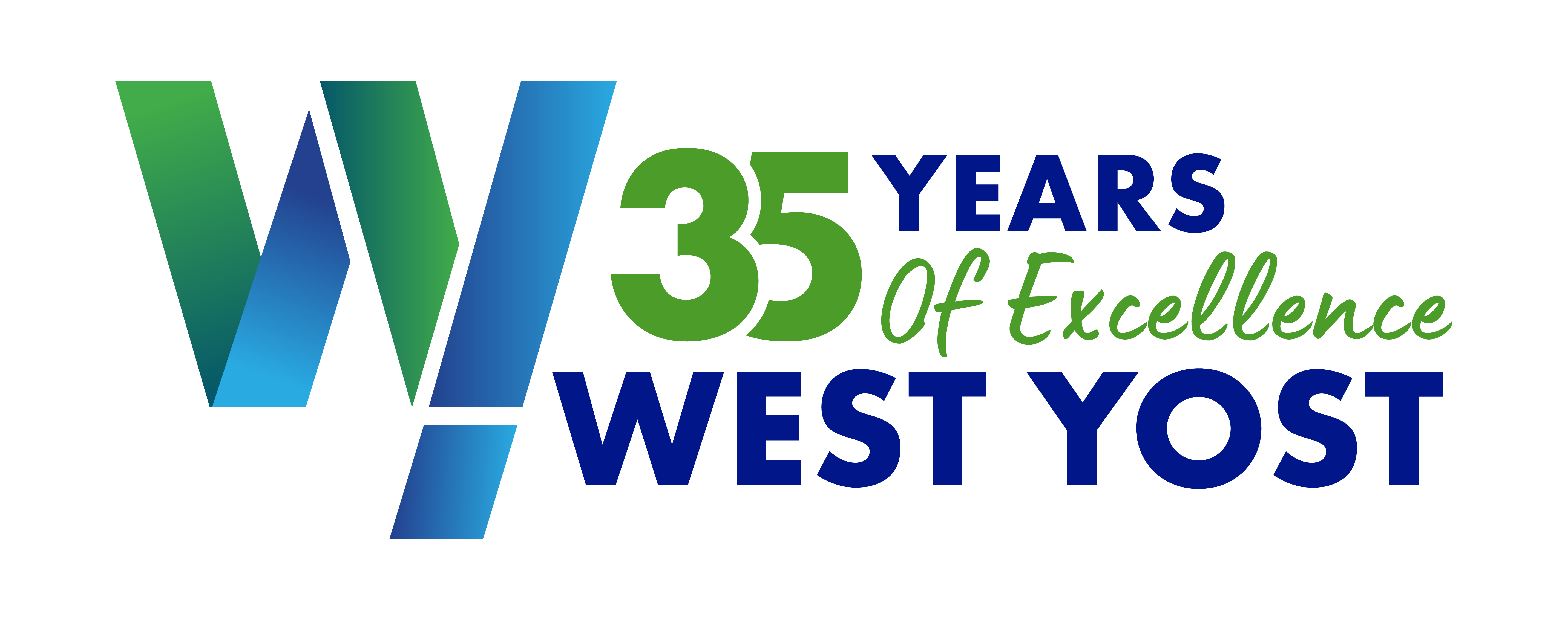West Yost Newsletter – October 2025

As the fall season arrives and the leaves begin to turn, we’re taking you on a journey through the Pacific Northwest (PNW), celebrating the projects, innovations, and people shaping the future of our region’s water and infrastructure. This edition spotlights how our team supports communities by staying updated on regulations and new technology to deliver high-value solutions to our clients.
In this issue, you’ll find:
- Water Management Planning – Comparing water supply planning requirements across states.
- Digital Twin Technology – Unlocking the benefits of dynamic, real-time modeling.
- Climate Adaptation Approaches – Practical strategies for building resilient systems.
- Washington Park Reservoir – Celebrating the completion of a landmark project.
We’re excited about this new chapter and the continued expansion of our work in the Pacific Northwest. It’s rewarding to see our team grow alongside the communities we serve.
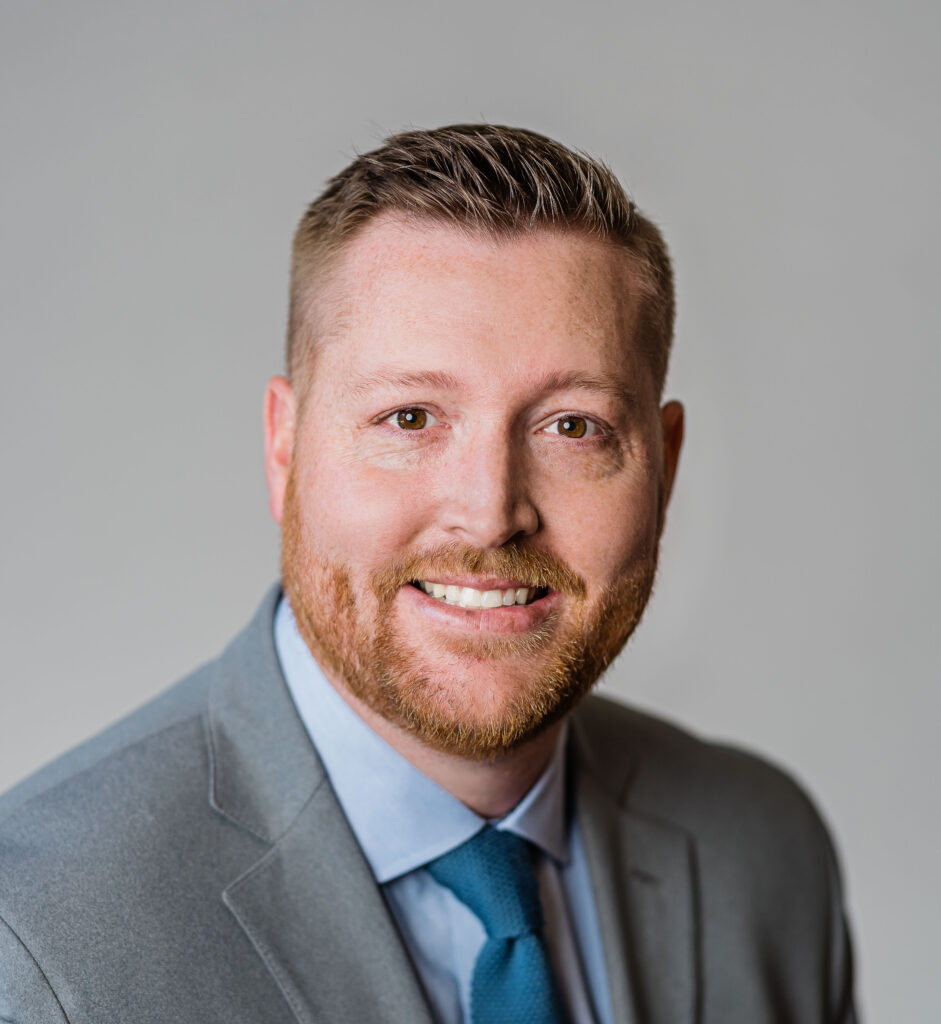
Nick Belmont
Area Market Lead – Pacific Northwest
September 2025 Table of Contents:
- Regulatory Update: Water Management Planning in PNW
- Industry Insight
- Project Spotlight
- ACEC Award
- Team Spotlight
- Closing Message
- West Yost Word

Regulatory Update:
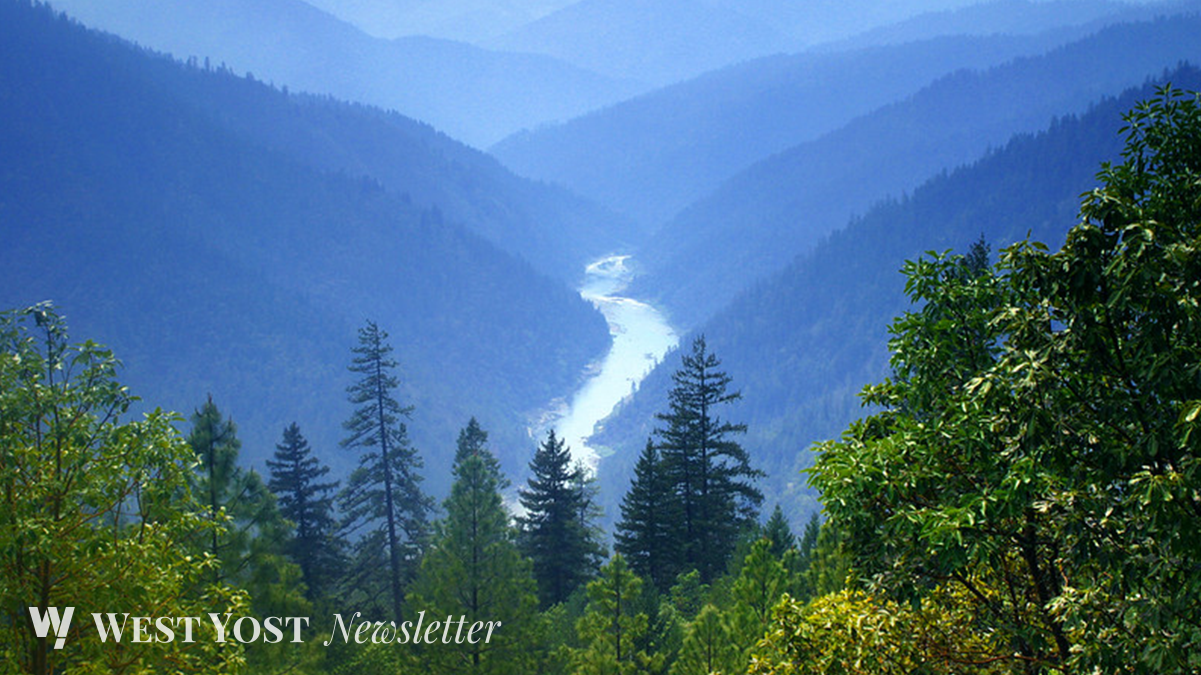
Water Management Planning in PNW
California utilities are preparing for another round of Urban Water Management Plans (UWMPs), due to the state every five years. Like California, water suppliers in the Pacific Northwest are also required to develop and regularly update long-term plans to manage and conserve critical water resources. These updates guide water agencies through new regulations, planning assumptions, and water use trends, while supporting public health, system resilience, and conservation goals. However, unlike California, Washington and Oregon do not have the water scarcity-driven need to assimilate information into statewide water resource projections, which is why Oregon and Washington plans are not all due on the same schedule (as they are in California).
In Oregon, municipal suppliers must submit Water Management and Conservation Plans (WMCPs) every 10 years, with a 5-year interim update. WMCPs focus on managing future supply through conservation strategies and water supply alternatives. In 2024, Oregon revised its groundwater allocation rules to require data-driven permitting, protection of existing rights and instream flows, and proof that aquifers will remain “reasonably stable” over time. These updates shift the state toward a precautionary, science-based approach that safeguards long-term groundwater sustainability for communities, ecosystems, and future generations.
“Utilities must demonstrate how infrastructure, supply strategies, and demand management will adapt to future climate conditions.”
In Washington, Comprehensive Water System Plans (CWSPs) are required for systems with 1,000+ connections, those expanding service, and for new water systems. CWSPs must address technical, managerial, and financial capacity, source water protection, and water use efficiency. Washington now requires utilities to incorporate climate resilience planning into CWSPs, including evaluating risks such as reduced snowpack, shifting precipitation patterns, and drought. Utilities must demonstrate how infrastructure, supply strategies, and demand management will adapt to future climate conditions.
Across all three states, these planning cycles—though resource-intensive—offer critical opportunities for agencies to incorporate the latest science, adapt to changing conditions, and prioritize investments that protect public health, strengthen system reliability, and safeguard water resources for the future.
West Yost Experience
The West Yost UWMP team prepared sixteen 2015 UWMPs and twenty-one 2020 UWMPs for urban water suppliers located throughout California, and have been completing WMCPS across Oregon since 2001. This broad planning experience informs West Yost’s work and helps us collaborate with water suppliers to use the planning process to both meet regulatory requirements and to identify and prioritize water system goals to provide managers a clear, justified, and strategic path forward.
For full plan requirements and guidance, visit the following planning websites:
California | Renews every 5 years, currently in UMWP process California Department of Water Resources Urban Water Management Plan |
Oregon | WMCPs required every 10 years, with a 5-year interim update Oregon Water Management and Conservation Planning |
Washington | CWSPs are effective for 10 years from the date of written approval Washington Department of Health Water System Planning Requirements |

Bonnie Robison
Senior Engineer

Industry Insight: Digital Twins
Smarter Water Solutions Through Real-Time Modeling
West Yost is redefining how utilities plan, operate, and optimize their water systems. A key part of this work is Digital Twin technology, a next-generation approach that creates a dynamic, real-time virtual model of a utility’s infrastructure. By integrating live data from sensors and systems, digital twins continuously evolve to simulate operations, predict performance, and inform decisions across the entire lifecycle of an asset.
“By simulating scenarios before they happen, utilities can reduce risk, improve efficiency, and adapt to changing conditions with ease.”
This “living” model allows utilities to address today’s challenges with precision and confidence. Our digital twin applications include enhanced hydraulic modeling for accurate capital improvement planning, forensic event analysis, outage and operational planning, water loss detection, water quality optimization, and flood forecasting. By simulating scenarios before they happen, utilities can reduce risk, improve efficiency, and adapt to changing conditions with ease.
What sets West Yost apart is our ability to pair technical expertise with a collaborative, tailored approach. We work closely with utility operators, IT teams, and engineers to ensure each model is customized to their data, goals, and operational needs. With more than a decade of experience implementing digital twins across the U.S. and internationally, we bring proven solutions backed by deep technical knowledge.
At West Yost, we combine advanced modeling capabilities with a commitment to our clients, delivering tools and insights that help shape the future of water.

Ked Szana
Principal Technical Specialist
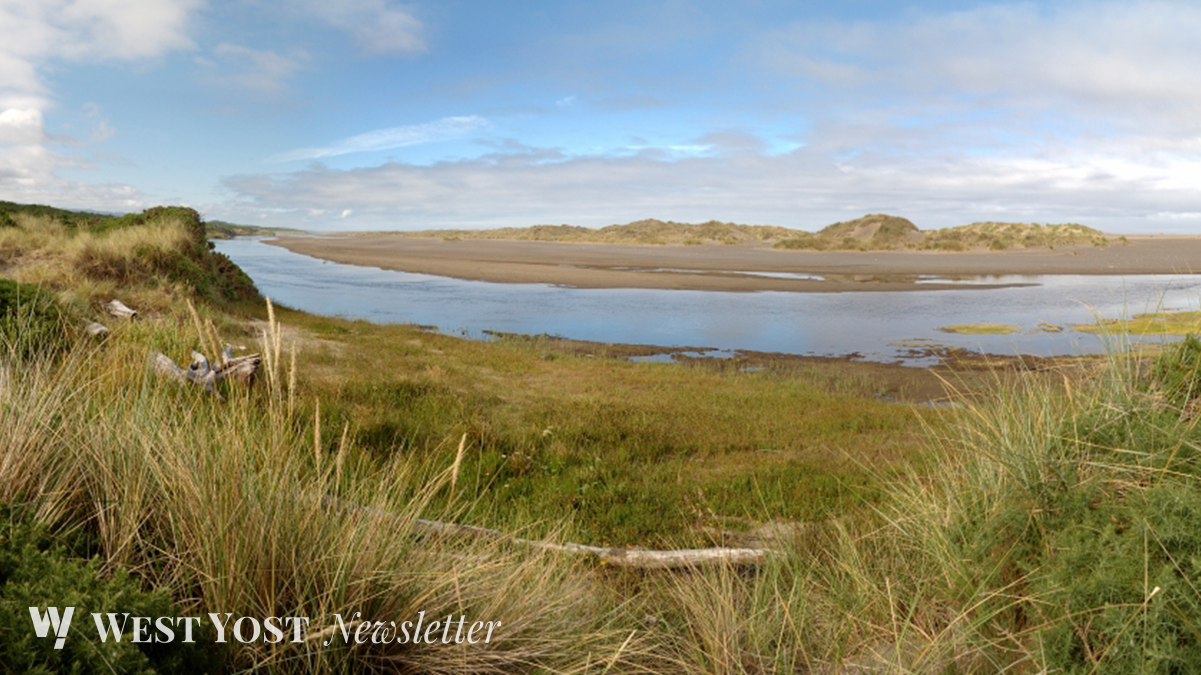
Industry Insight: Applying California Lessons Learned for Meeting Climate Change in the Pacific Northwest
With our roots in California, West Yost has supported communities in meeting their water supply needs despite limited supplies for over three decades.
As climate change advances, drier conditions and higher water demands are steadily shifting northward. Wildfires and record heatwaves are driving year-after-year drought and emergency declarations across both Oregon and Washington. Historically snow-dominant watersheds are shifting toward rain-dominant or transitional patterns, meaning less natural storage from snowpack, more immediate runoff, and drier stretches in summer. These new patterns of demand outpacing supply mirror the challenges California cities have long faced—and now they are becoming real concerns for communities across the Pacific Northwest.
With our roots in California, West Yost has supported communities in meeting their water supply needs despite limited supplies for over three decades. We’ve partnered with utilities to design and implement water-use efficiency programs, build reuse systems, and craft collaborative water management strategies that keep communities resilient through even the most severe drought cycles.
In addition to advancing water use efficiency and reuse, we specialize in helping water utilities and agencies develop creative groundwater management solutions. Our teams lead Groundwater Sustainability Agencies in implementing their Groundwater Sustainability Plans and work hand-in-hand with communities to balance aquifer health with long-term demand. We also bring experience developing complex, forward-looking water projects like RiverArc, which demonstrates how regional partners can come together to diversify supply and strengthen regional resilience. Our work in drought resilience planning equips communities with strategies tailored to local vulnerabilities, while our water use efficiency plans empower utilities and their customers to conserve and stretch every drop.
That hard-earned expertise now serves as a vital bridge to the Pacific Northwest. By adapting proven strategies to fit the unique geography and needs of Oregon and Washington, we are helping clients anticipate change, redesign water management, and prepare for long-term resilience. As drought pressures grow, we remain committed to supporting communities’ preparedness, sustainability, and position to thrive.

Rachel Lanigan
Business Sector Leader, Water

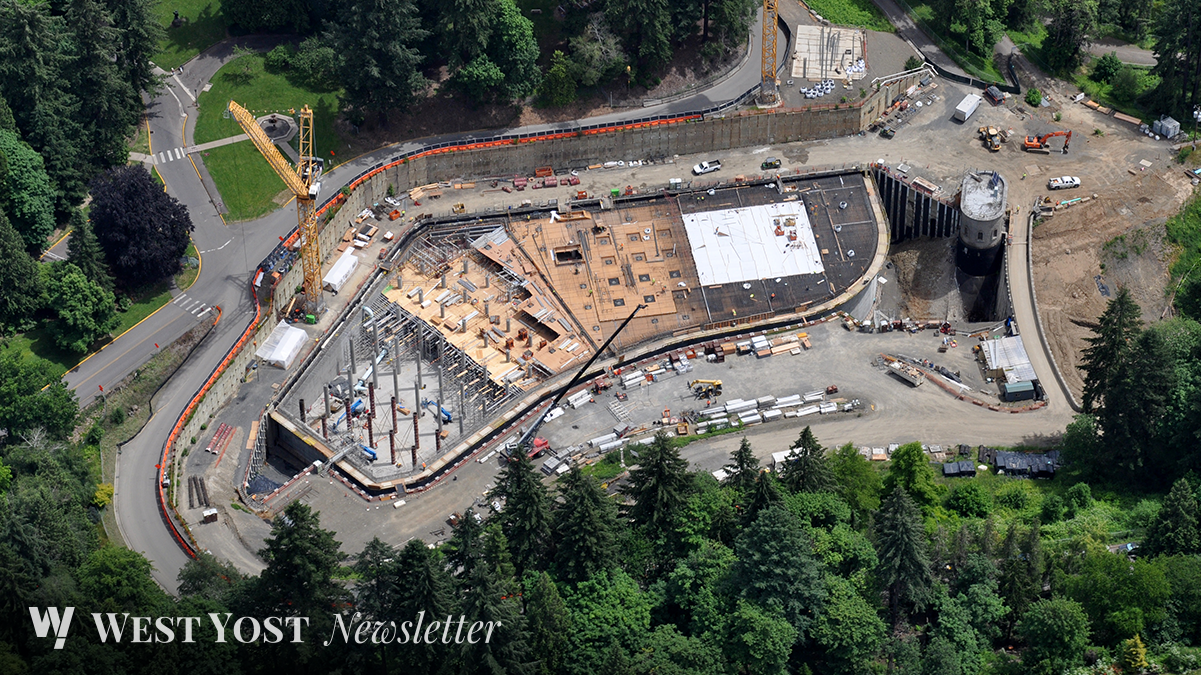
Project Spotlight: Washington Park Reservoir
In the face of seismic risks, space constraints, and historic preservation requirements, West Yost helped deliver a reservoir project that demonstrated engineering excellence. The Washington Park Reservoir Improvement Project is a defining example of West Yost’s ability to deliver innovative, resilient solutions for complex infrastructure challenges. Over nearly a decade, this project demanded more than 50,000 staff hours from 113 West Yost team members, 19 subconsultants, and over 3,200 calendar days of dedicated work.
Working for the Portland Water Bureau, our team provided full engineering services during construction for the reservoir replacement. The site presented multiple challenges: it was historic, seismically sensitive, tightly constrained, and located in a highly visible public park. West Yost’s role included reviewing contract documents for consistency, designing critical project elements not originally included, and supporting constructability. Notably, we redesigned intake and outlet piping to accommodate severe site constraints, rerouting piping through the reservoir and under an existing dam using bore-and-jack installation. This redesign reduced trenchless installations from four to three, saving the client over $1 million.
Our work spanned utility coordination, trenchless and open-cut waterline installation design, chlorine injection facility design, cathodic protection, seismic design, stakeholder engagement, and technical specification preparation. Throughout, we coordinated closely with contractors and subconsultants to address more than 1,850 Requests for Information (RFI) and 1,460 submittals, contributing to timely, high-quality delivery.
Beyond technical excellence, the project restored a vital water reservoir, safeguarded critical infrastructure, enhanced seismic resilience, and created a public space that reflects both engineering achievement and community values. It also demonstrated West Yost’s core strengths: collaboration, delivering high-value solutions, and building long-term relationships rooted in trust and transparency.
At West Yost, we take pride in projects that not only meet technical demands but also leave a lasting, positive legacy for the communities we serve.
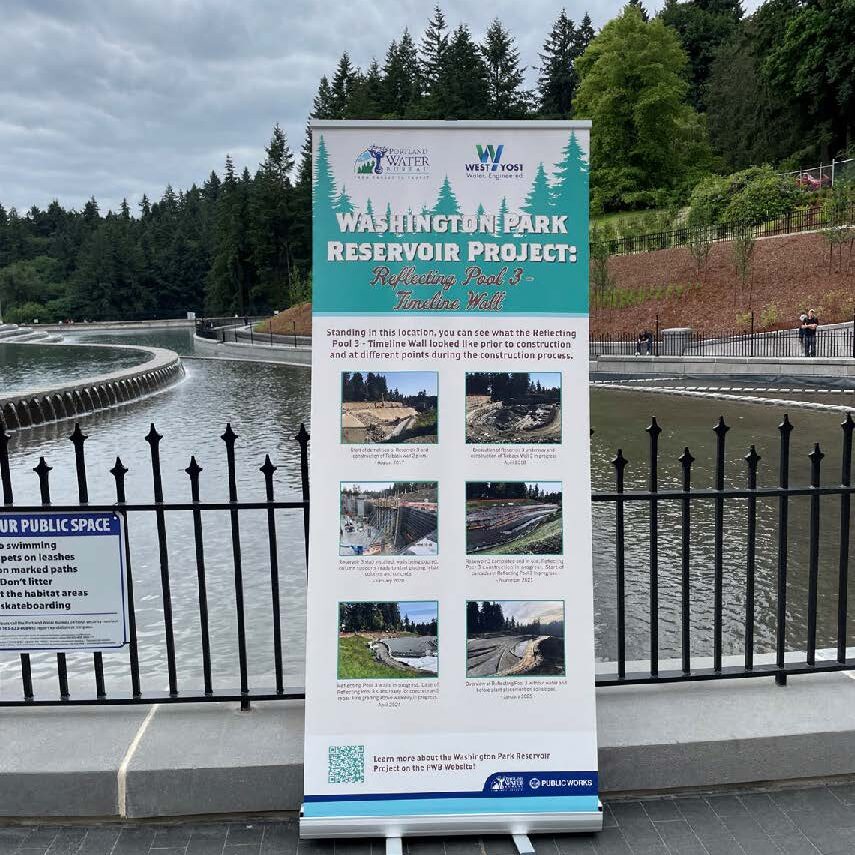

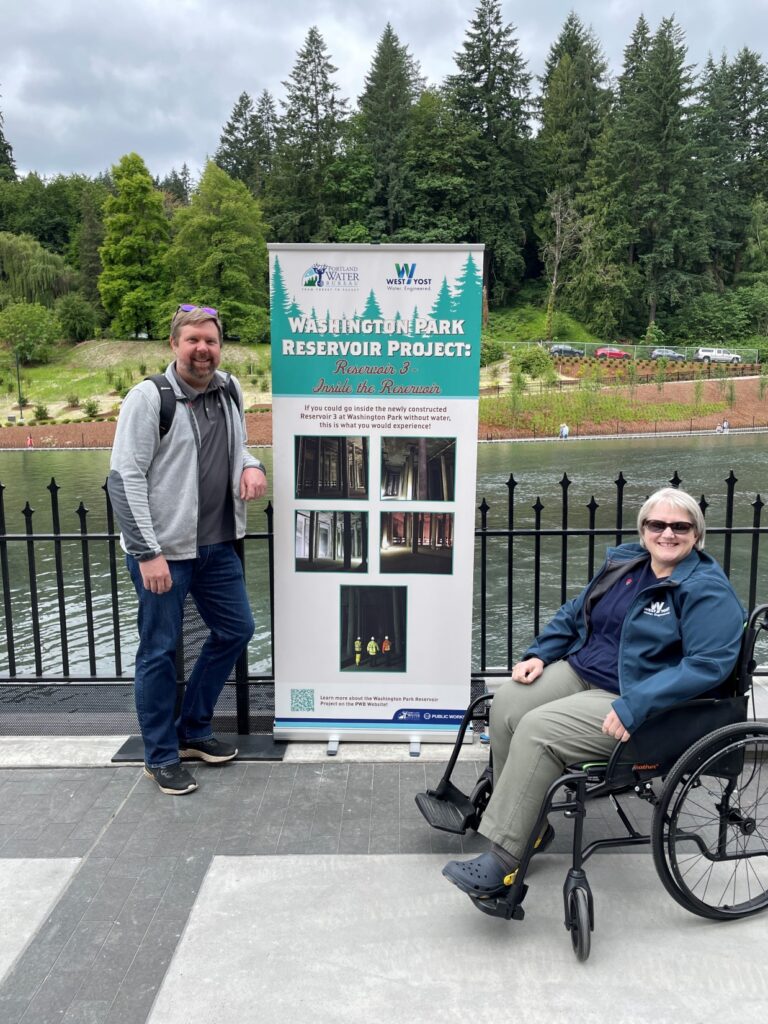
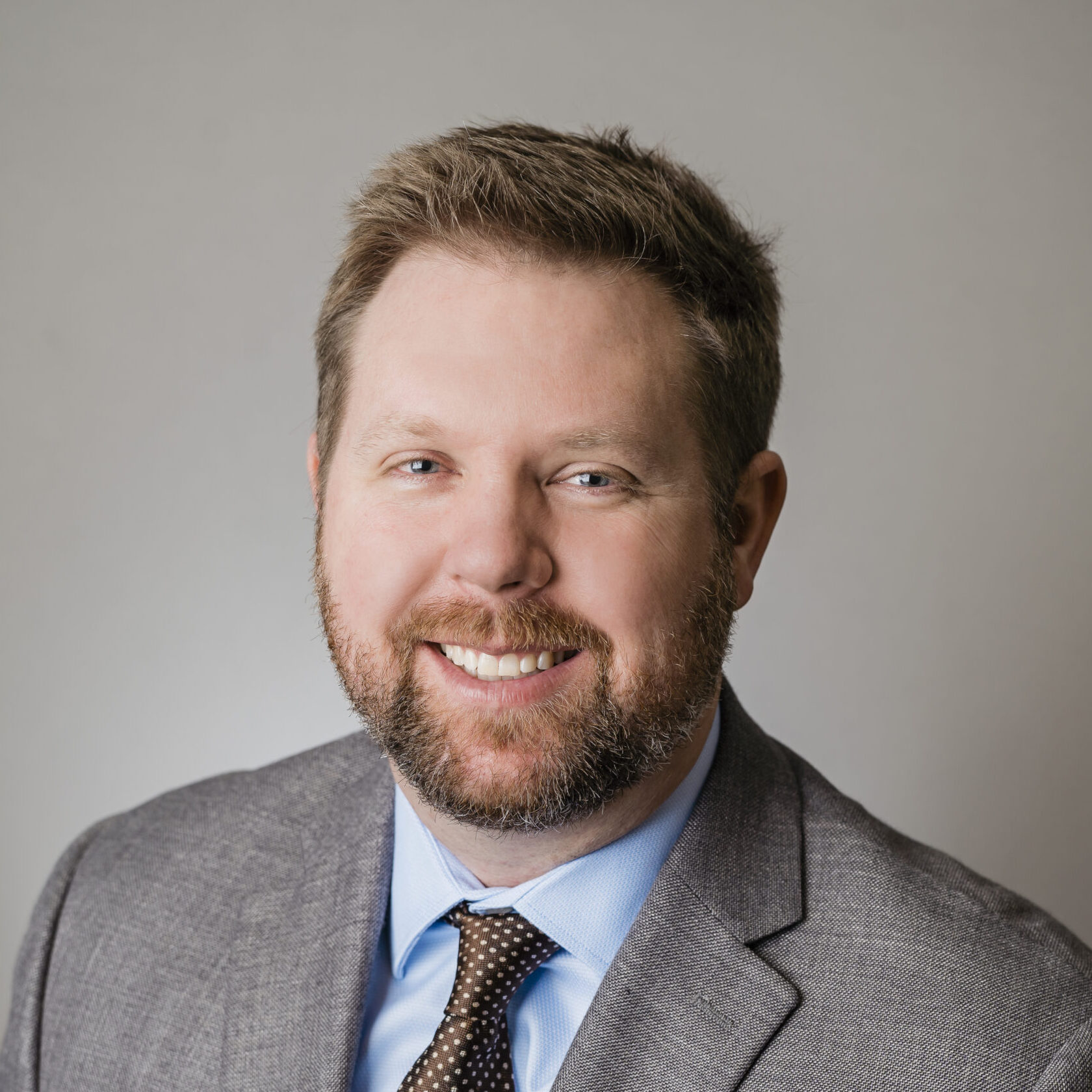
Dan Bryden
Technical Specialist

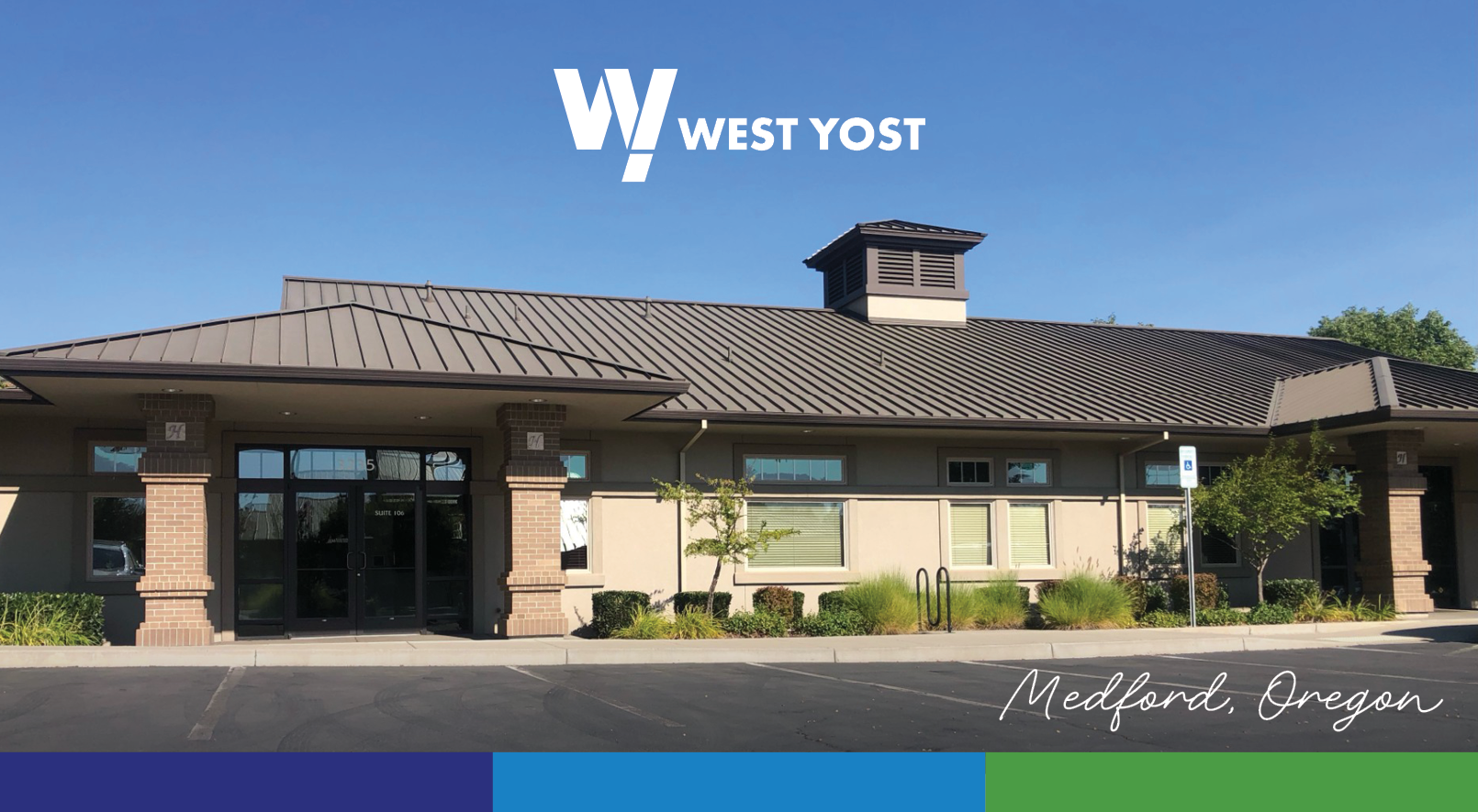
West Yost Wins
Making a Splash in Medford, Oregon!
We are excited to share that we recently opened an office in Medford. This is our second location in Oregon. With this expansion, we are able to better serve our communities and continue to foster our incredible team!
“Opening our new Medford office is about more than a location, it’s an opportunity to partner more closely with communities across Southern Oregon. This expansion reflects our commitment to the Rogue Valley and beyond, where we’re excited to support our clients and their projects that make a lasting impact.”
-Nick Belmont, Area Market Lead, Pacific Northwest

Team Spotlight: Expanding West Yost’s Impact in Washington
Meet Jeff Kreshel
West Yost is excited to welcome Jeff Kreshel, an accomplished engineering professional with more than three decades of experience advancing water infrastructure solutions across the Pacific Northwest. With much of Jeff’s experience in the Puget Sound region, he has built a career on delivering high-quality drinking water, wastewater, and stormwater projects, always with a focus on client needs and long-term community benefits.
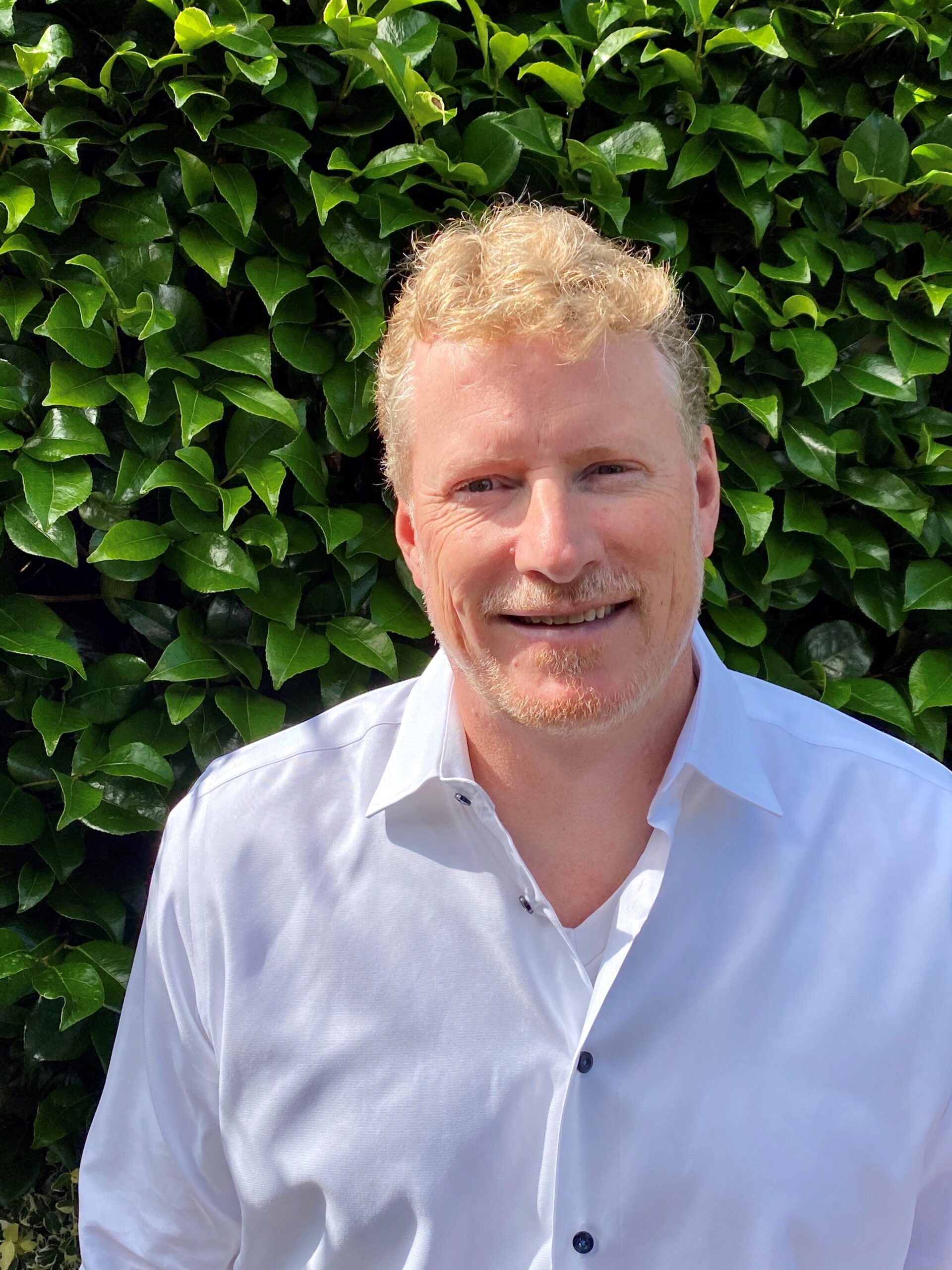
Throughout his career, Jeff has developed a reputation for building strong, trust-based relationships with public agencies. His approach centers on listening first, understanding client priorities, and responding with solutions that balance technical excellence with practical implementation. Jeff’s professional network and knowledge of regional priorities make him a valuable partner for communities navigating complex infrastructure challenges.
Jeff is equally passionate about mentoring. He actively involves emerging team members in client meetings and project planning to help them gain experience, build confidence, and develop their professional skills. He views these opportunities as a way to share lessons learned and to help others grow, much like a coach guiding a team toward success.
The Puget Sound region is one of the fastest growing markets in the western United States, with significant needs for infrastructure upgrades and replacements. Jeff’s expertise and relationships position West Yost to expand services and deepen partnerships in this dynamic area.
By joining West Yost, Jeff is eager to introduce clients to the firm’s broad water-focused capabilities and to help establish a lasting presence in Washington. We are thrilled to have him on board and look forward to the positive impact his leadership, experience, and collaborative spirit will bring to our clients, our team members, and the communities we serve. Welcome, Jeff.
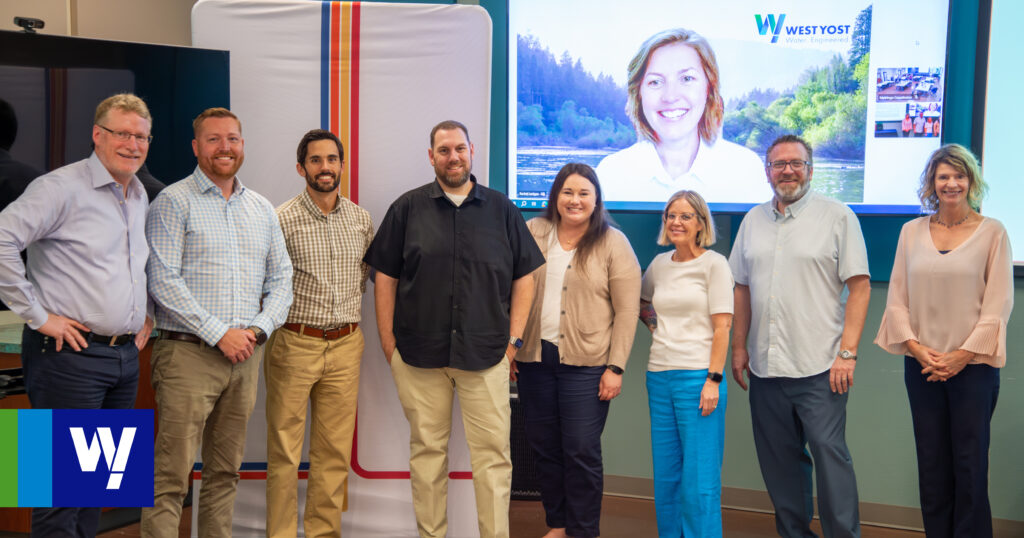


A Closing Message from Corie Moolenkamp
When I first joined West Yost in 2002, my passion was the hard design work, bringing complex wastewater treatment plant projects to life. When our Portland office closed, I stepped away, but in 2016, I was provided an incredible opportunity to return to West Yost in the Portland Area and reinvest in our presence in the Pacific Northwest. That remains one of the most rewarding moments of my career. Today, our Pacific Northwest team has grown to 40 talented professionals, each bringing unique skills and perspectives to our work. Having been part of West Yost’s Pacific Northwest journey from its early days to where we exist today, I’ve experienced firsthand how our expanding geographical footprint enables us to deliver smarter, more resilient solutions for our clients. It’s a full-circle moment for me, now focused on operations and committed to supporting our team to have the same opportunities for growth and impactful experiences that shaped my career. The future here is bright, and we’re just getting started.
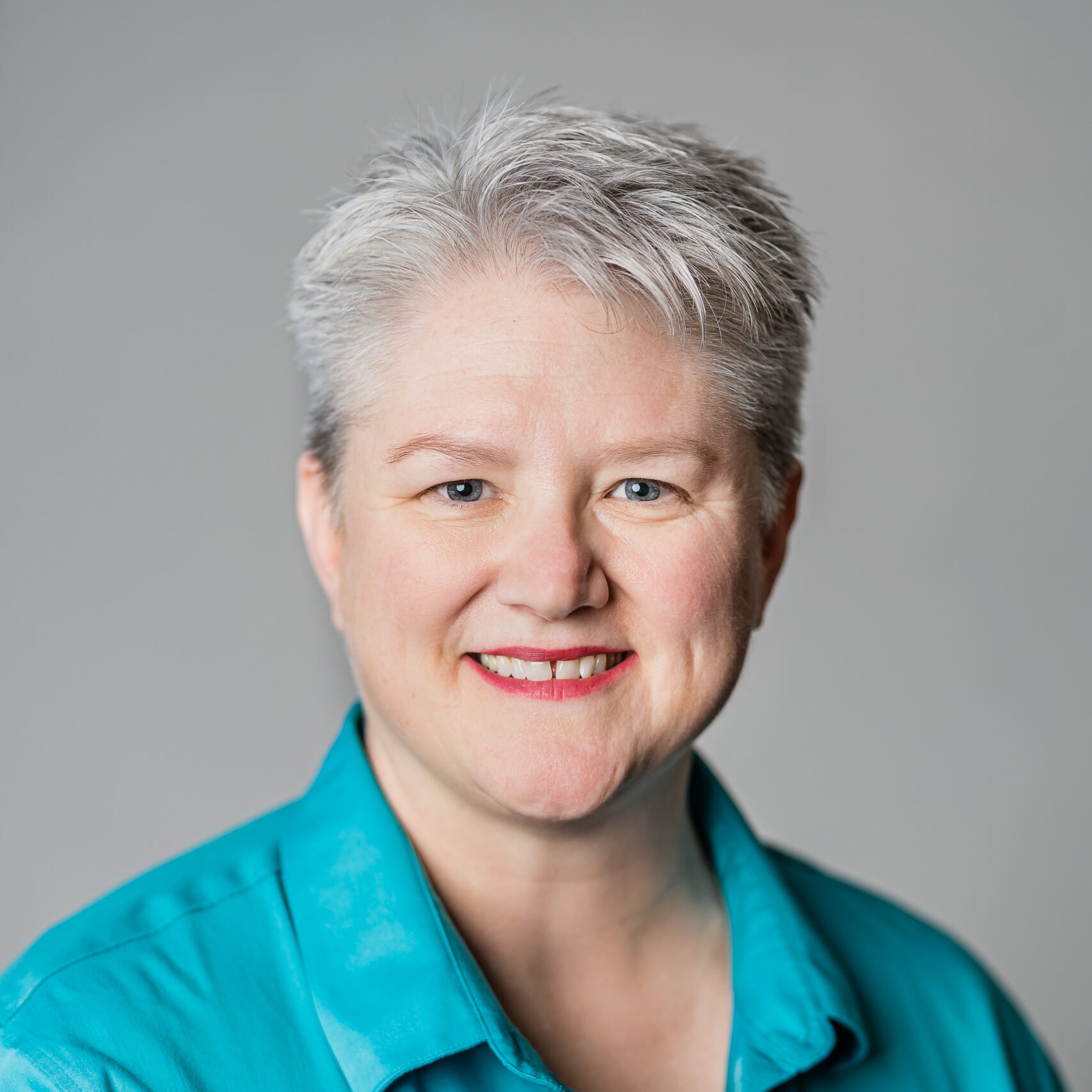
Corie Moolenkamp
Business Sector Lead, Infrastructure

The West Yost Word

Every two weeks, West Yost releases an edition of our West Yost Word. This is a series of articles we share on our website that are written by our team members or the firm, spotlighting important innovations, industry updates, or firm celebrations.

Celebrating WY’s Commitment to Collaboration and Science with EMWD and EVMWD
By Samantha Adams, MESM, Carolina Sanchez, PE & Sodavy Ou, MESM
Article compiled by Hawkeye Sheene
Elsinore and Eastern MWD partnered with West Yost to create a science-based Salt and Nutrient Management Plan that protects Upper Temescal Valley groundwater while enabling sustainable recycled water reuse.

Water Conservation in Southern California: Resilience through Collaboration
Michael Gruenbaum and Veva Weamer, in conversation with Sherry Shaw and Lily Lopez, WVWD
Southern California’s Walnut Valley Water District demonstrates how regional collaboration, recycled water use, and community engagement turn conservation into resilience and long-term water reliability.
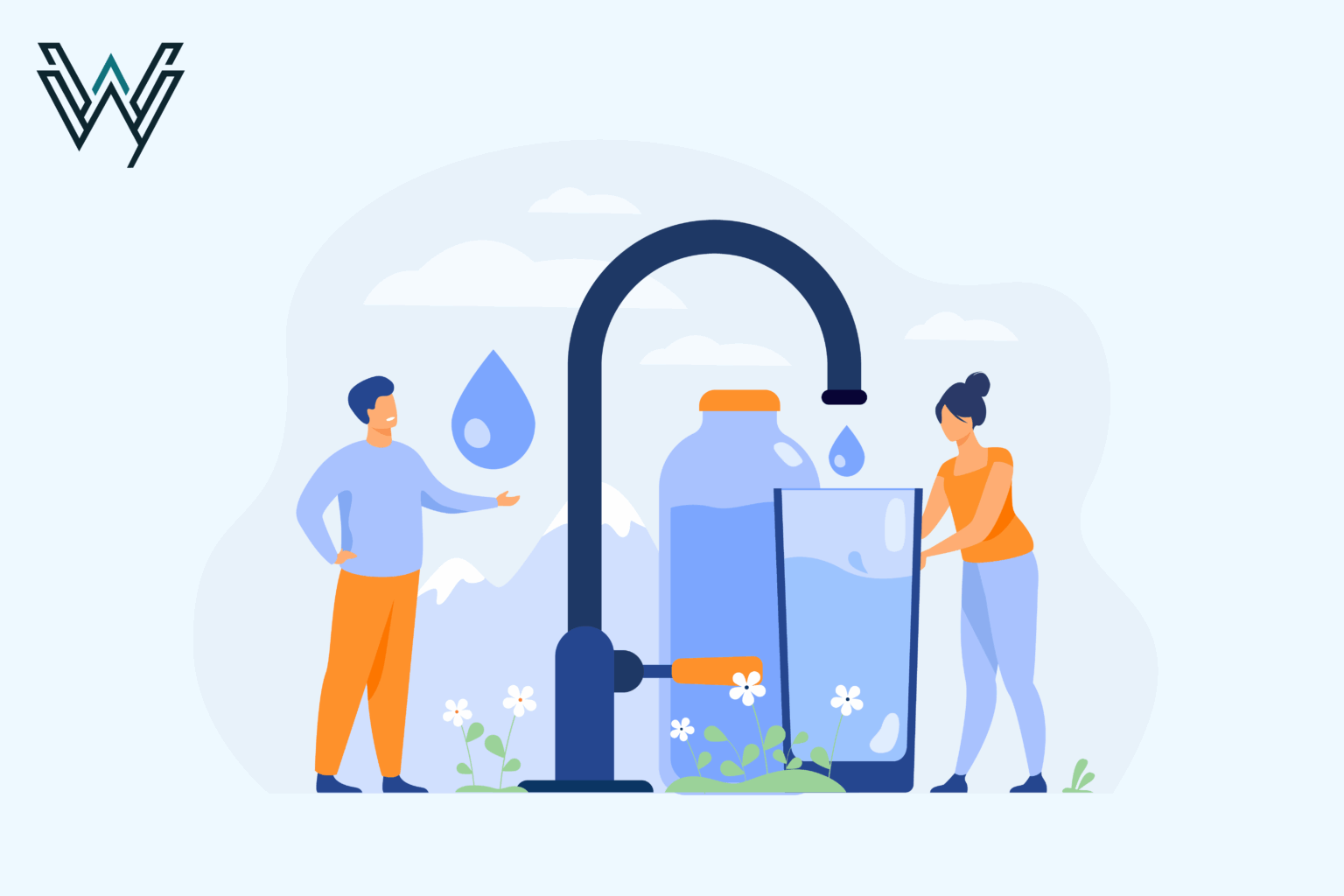
Engineering Resilience: West Yost’s Leadership in Nutrient Removal and RO Concentrate Management
Kathryn Gies and Veva Weamer
West Yost is advancing sustainable water infrastructure through flagship projects in Medford and Chino Basin that reduce emissions from nutrient removal and manage reverse osmosis concentrate to build resilient, environmentally responsible water systems.

We hope you enjoyed this edition of our quarterly newsletter.
Be sure to check out our May 2025 edition – HERE!
